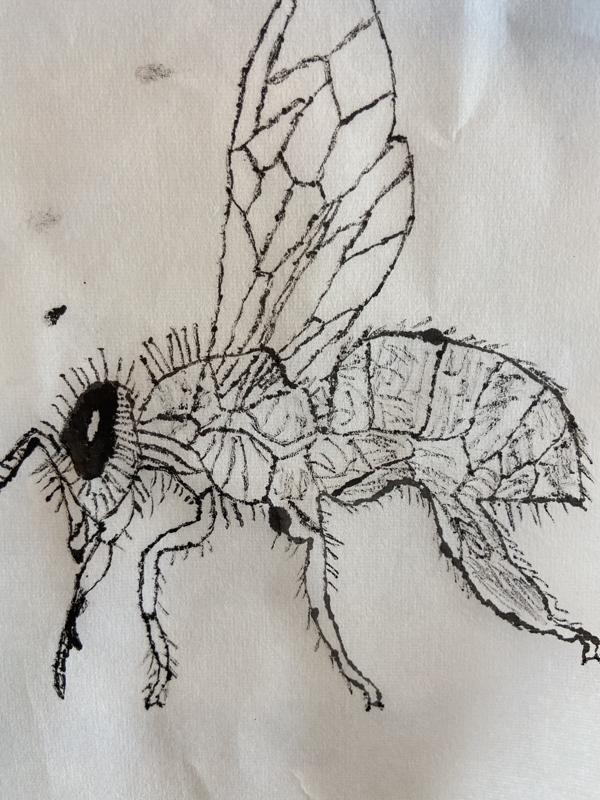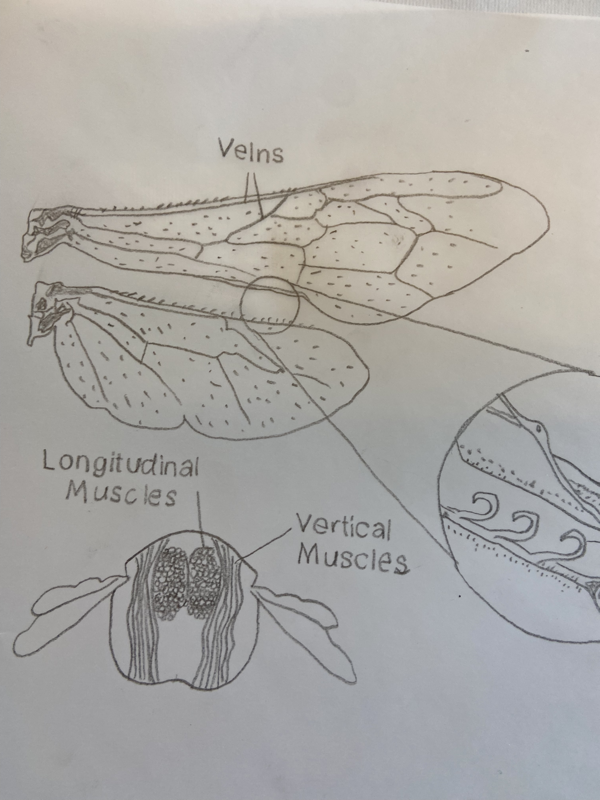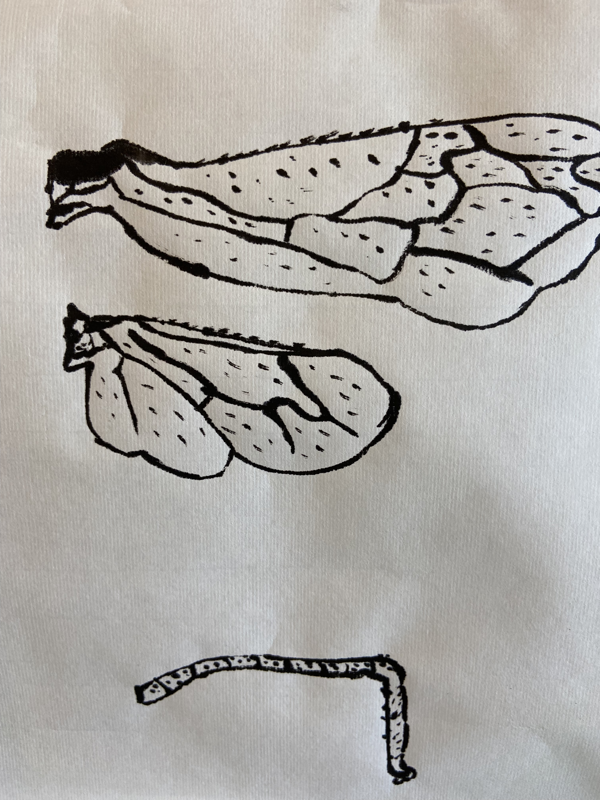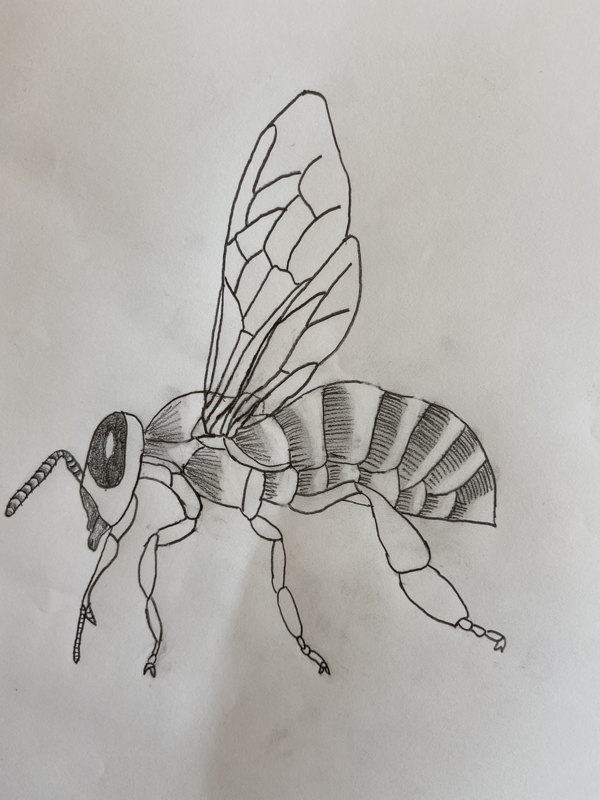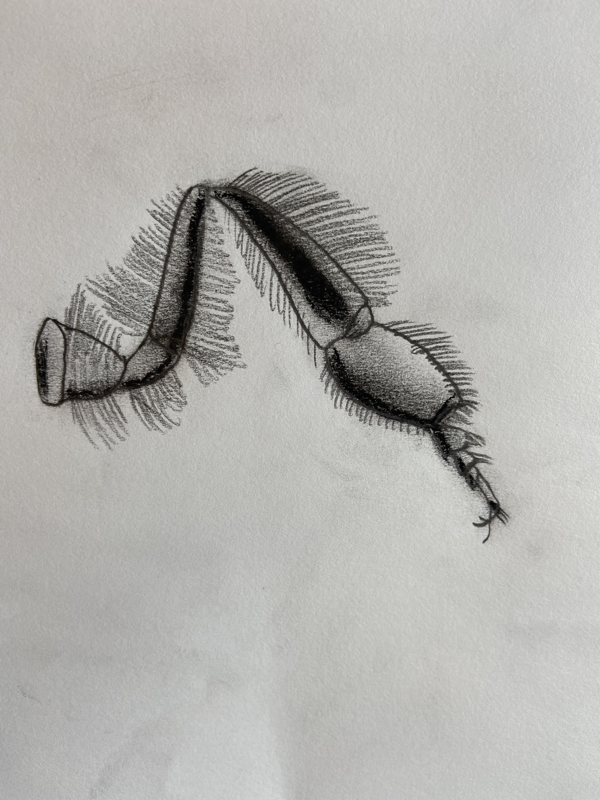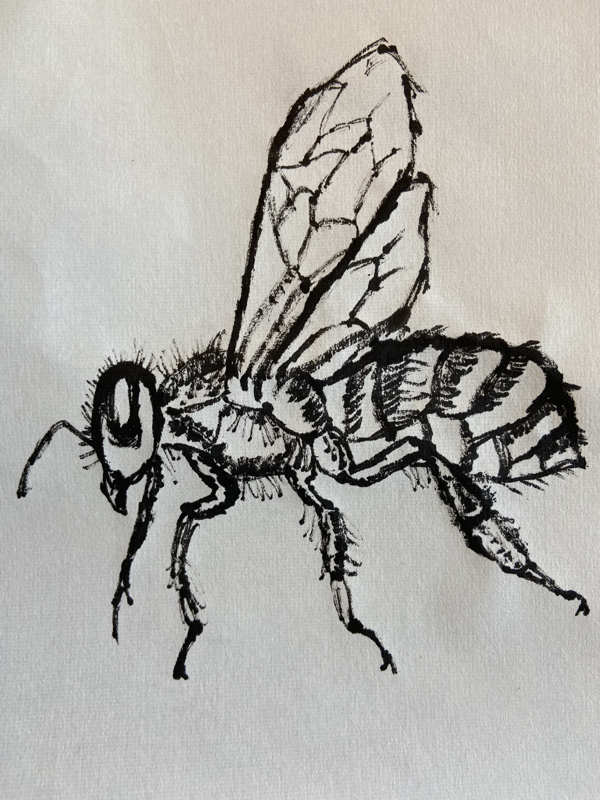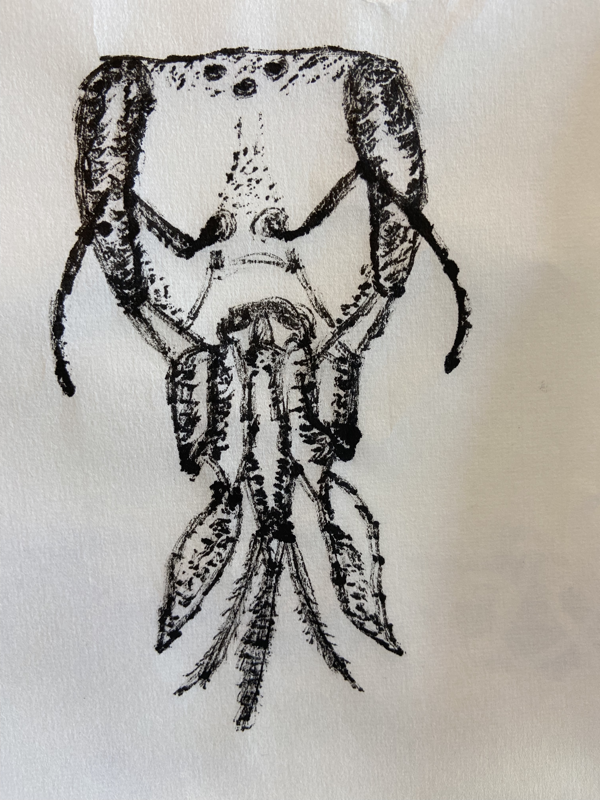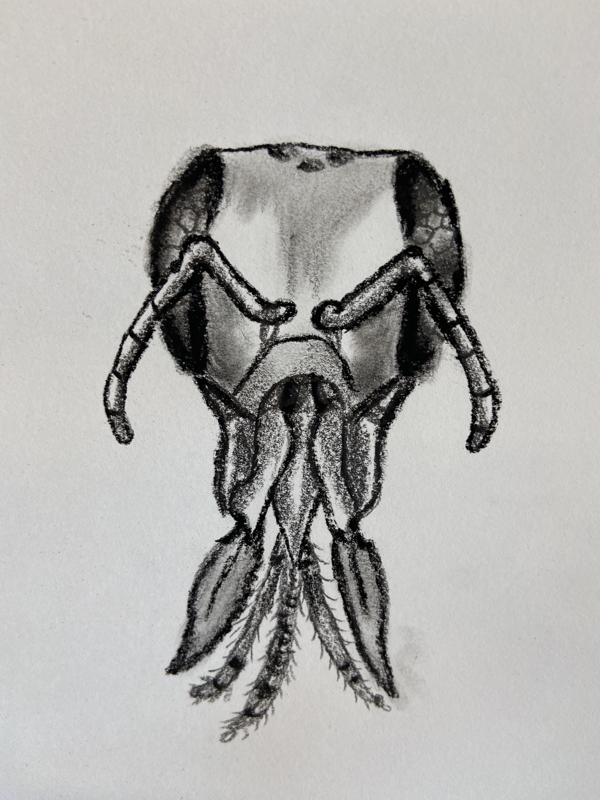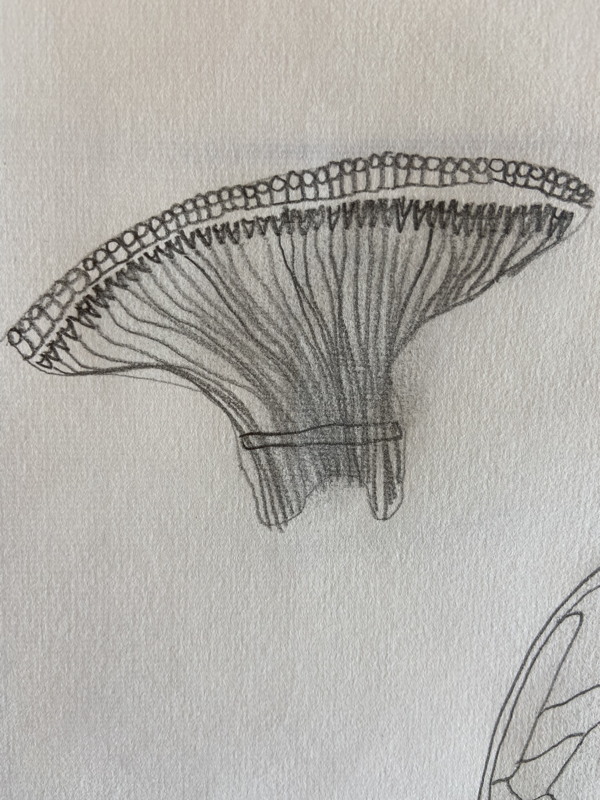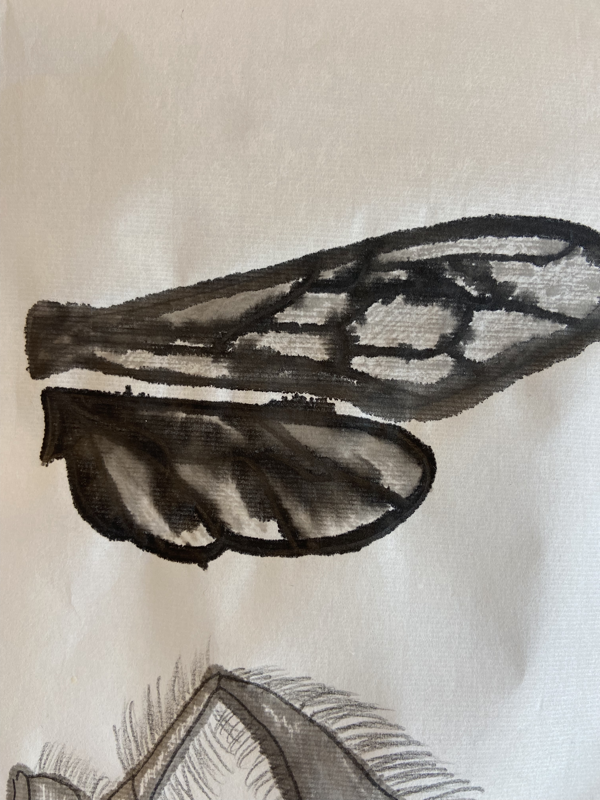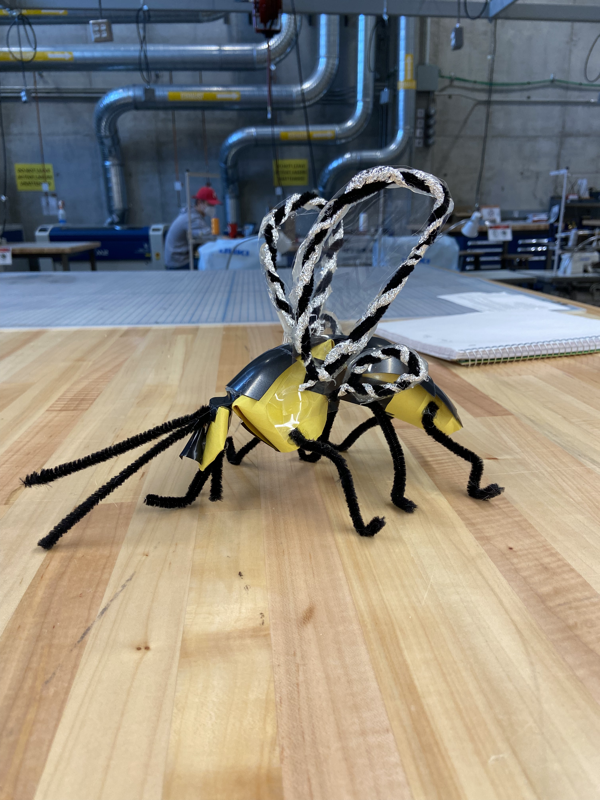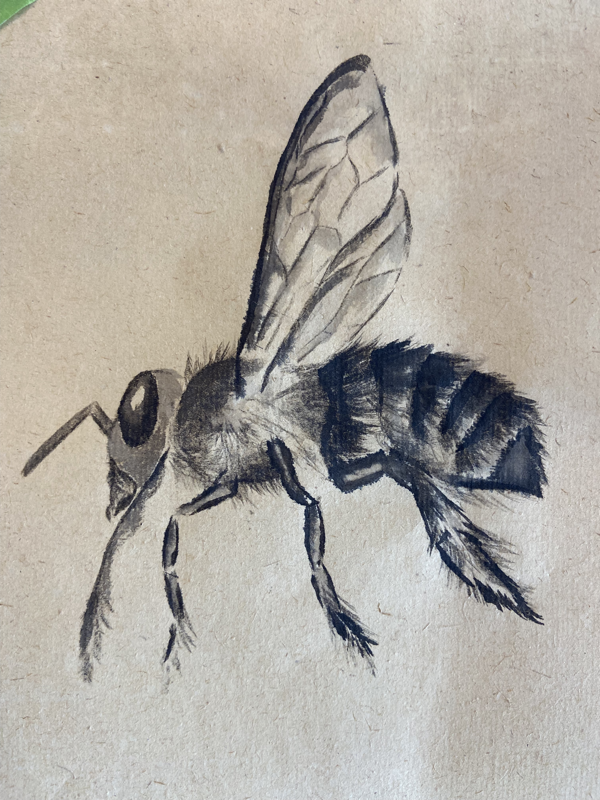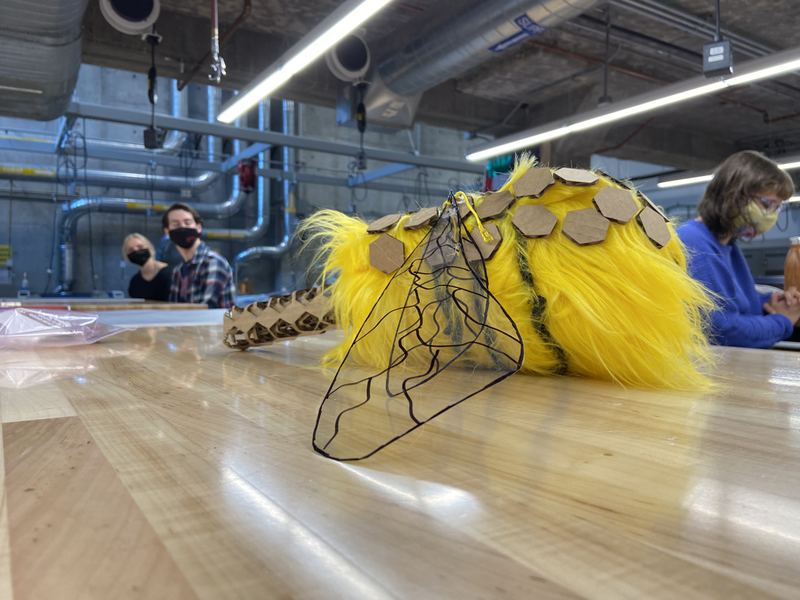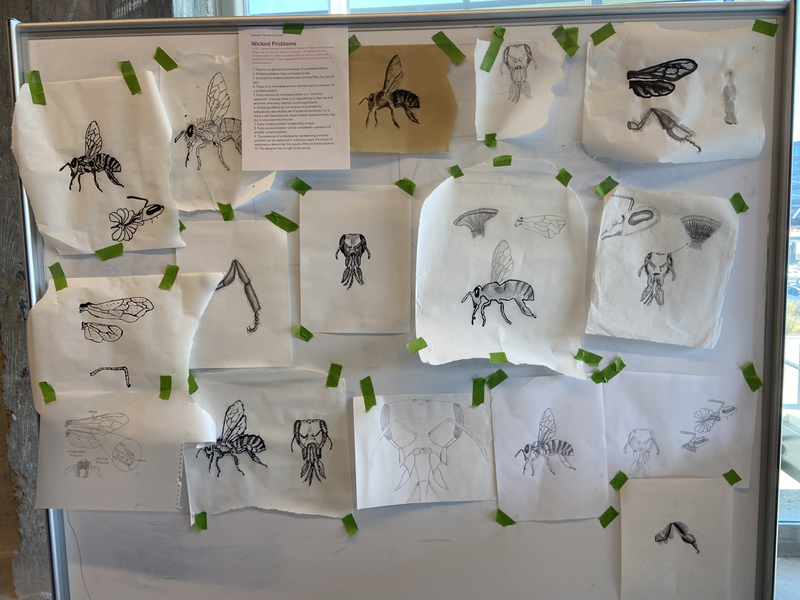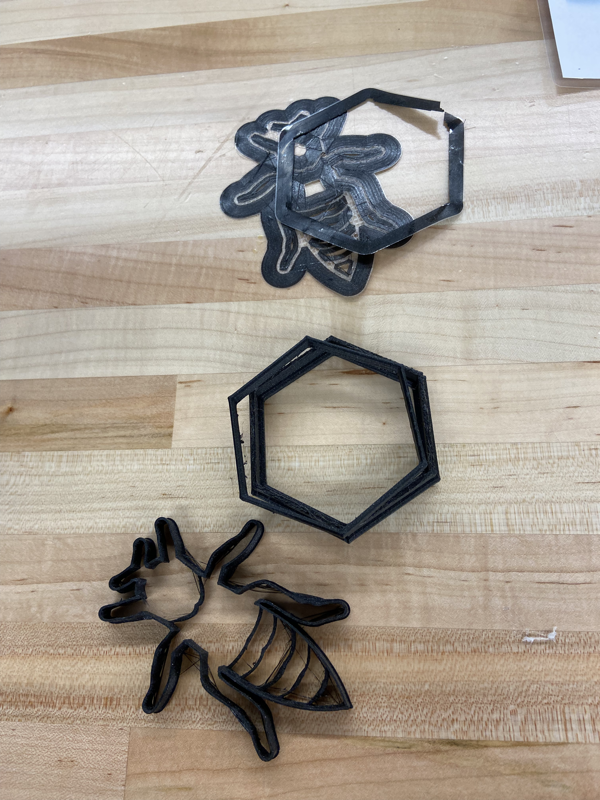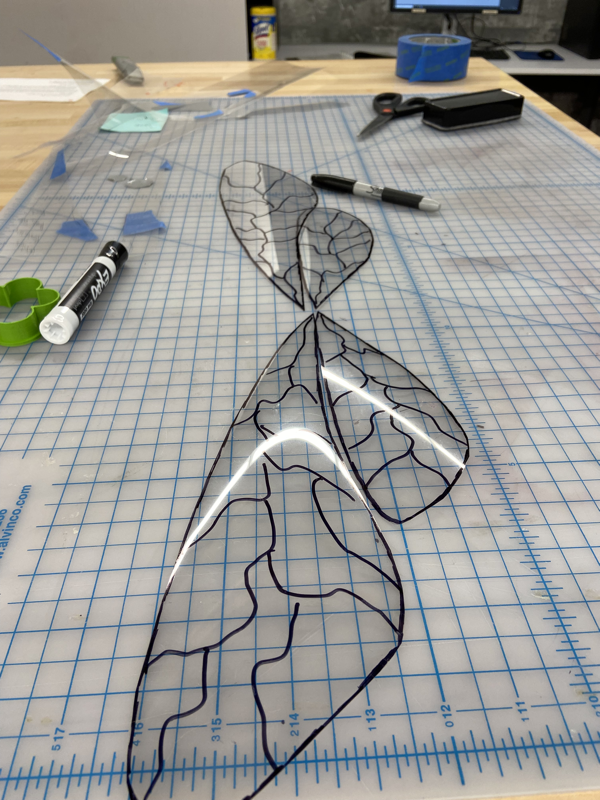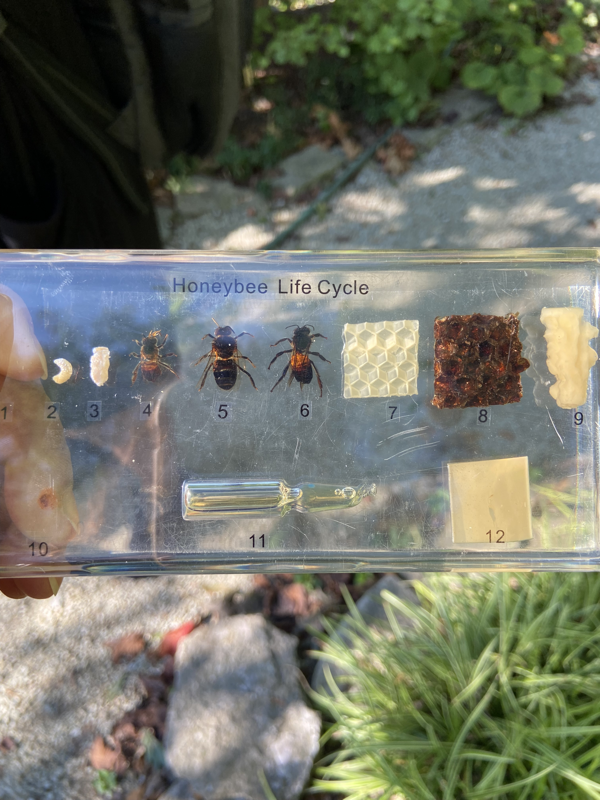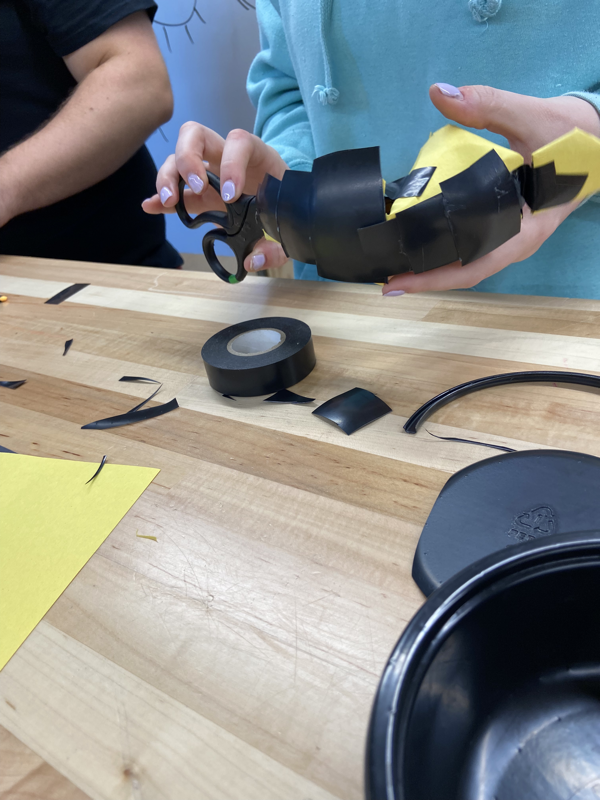|
Most of us have the natural instinct of waving frantically at the air, twisting around and sprinting in the opposite direction when we see the black and yellow winged creatures we know as bees. This is mainly due to the fear of being stung by the bee; we remember being innocent children playing at the park until our skin is pierced by the sharp stinger of a bee, leading to yelling and crying and our skin becoming a site of redness, itching and pain. Bee venom, however, may serve a hidden purpose aside from inciting panic in everyone not working as a beekeeper. For more than 5,000 years, ancient civilizations have used bee venom as a therapeutic measure to fight against disease and injury. As time progressed, the world has grown and moved onto developing antibiotics and other precise drugs to fight diseases such as tuberculosis, pneumonia, and polio. Bee venom therapy has not been completely lost though; scientists have found a unique group of 13 bacteria that live in honeybee's stomachs which have had strong counteracting abilities toward powerful infectious bacteria including MRSA, Pseudomonas aeruginosa and VRE. These findings present a promising future for treatment of many diseases especially due to the antibiotic-resistant bacteria epidemic, however more tests are needed to further determine the clinical potential of honeybee belly bacteria. In addition to fighting bacterial causes of disease, bee venom has also been used in many countries as a way of counteracting the debilitating symptoms of Multiple Sclerosis and Rheumatoid Arthritis. Although many patients provide anecdotal evidence of their symptoms being ameliorated after trying bee venom as a treatment. However, larger and more precise studies are required to determine the efficacy of these treatments. So how can honeybee venom help those of us without these diseases? Gwyneth Paltrow, a notable Hollywood actress, has admitted to using bee venom therapy as a source of skin therapy, making her look 23 instead of 43. In the video below, Allure insider Shannon Ray tests this method herself by getting a bee venom facial!
Sources
Olofsson, T. C., Butler, È., Markowicz, P., Lindholm, C., Larsson, L. and Vásquez, A. (2014), Lactic acid bacterial symbionts in honeybees – an unknown key to honey's antimicrobial and therapeutic activities. Int Wound J. doi:10.1111/iwj.12345 http://www.huffingtonpost.com/entry/gwyneth-paltrow-apitherapy-bee-stings_us_5702b0dde4b083f5c6084d59 http://www.ncbi.nlm.nih.gov/pubmed/16541972
0 Comments
Leave a Reply. |
ened | arte 3040class blog Archives
November 2016
Categories |
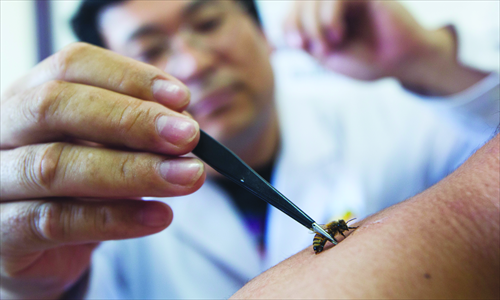
 RSS Feed
RSS Feed
